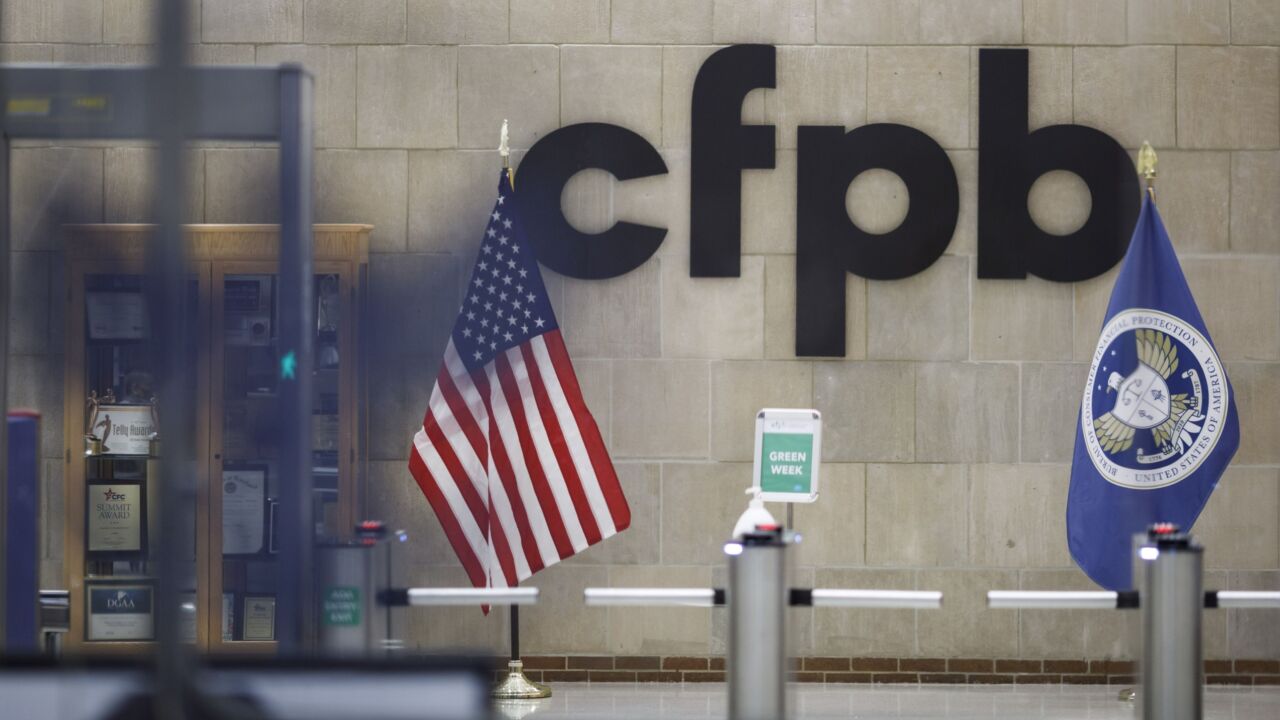
Earlier this year the U.S. Government Accountability Office issued a report which emphasized the fact that the share of mortgages serviced by nonbanks increased from 6.8% in 2012 to 24.2% in 2015.
This rise in market share by nonbank servicers leads many to believe that the practice of private-label servicing is ripe to be reviewed by the Consumer Financial Protection Bureau under their risk-based approach to supervision and enforcement.
The CFPB does not address the practice of private-label servicing in their guidance or any regulation. A common response to informal inquiry to the bureau is that the practice in not a violation per se.
However, given the CFPB's penchant for regulation by enforcement, the mortgage industry needs to know where the line is drawn between a "service provider" or "vendor" performing the duties of private-label servicing and the duties of a subservicer. This is an opportunity for the Bureau to move away from the practice of regulation through enforcement and issue guidance that good actors in the space can use to avoid any unnecessary regulatory violations.
The report also stated that it is important for the CFPB to take steps to identify all nonbank entities and collect more comprehensive data to further ensure that all nonbank servicers comply with federal laws governing mortgage lending and consumer protection.
As mortgage servicing compliance costs have risen year over year, lenders have looked for a way to decrease costs while retaining their customer visibility and brand awareness. In response to this demand, private-label servicing has grown in popularity.
Private-label servicing products come in an array of offerings, ranging from a simple cobranding of billing statements which include the lending institution's name and logo, all the way through private borrower-facing payment portals linked from the lender's homepage with ACH drafts, credit reporting and collection activity all done in the lender's name by the said private-label servicer.
With the most comprehensive offerings of private-label servicing, the borrower never knows the subservicer exists, and that's the point. The wide spectrum of how this service is offered along with its increase in popularity, calls for regulatory guidance.
Those that are currently performing private-label servicing or utilizing the service rely on the argument that a subservicer providing private-label servicing is acting as a service provider or vendor of the servicer who retains the mortgage servicing rights.
As a service provider or vendor they are not acting as a traditional subservicer. The argument, while formally untested, is a valid one, there are service providers and vendors who perform activities for servicers every day that do the work in the name of servicer. However, there is an argument to be made that outsourcing the entire servicing business escalates a lender from a service provider or vendor to a subservicer.
Regulation X defines "master servicer" and "subservicer" but fails to address private-label servicing. Master servicer is defined as "the owner of the right to perform servicing. A master servicer may perform the servicing itself or do so through a subservicer."
Subservicer is defined as "a servicer that does not own the right to perform servicing, but that performs servicing on behalf of the master servicer." While "service provider" is defined in section 1002(26) of the Dodd-Frank Act as "Any person that provides a material service to a covered person in connection with the offering or provision by such covered person of a consumer financial product or service."
Without formal guidance, there are at least five regulatory questions without a clear answer:
- Is the lender required to issue a Notice of Transfer of servicing rights when loan boards with a private-label servicer?
- Can the private-label servicer furnishing credit reporting in the name of the holder of the MSRs without violating the Fair Credit Reporting Act?
- Which entity's name should appear on a debt validation notices or mini Miranda warnings when acting as a collector on defaulted loans under the Fair Debt Collection Practices Act?
- How will the private-label servicing be treated under Dodd-Frank's unfair, deceptive, or abusive acts or practices policy, and what would be the best practices for both the subservicer and the master servicer to avoid a UDAAP violation?
- Who would issue a privacy notice under the Gramm-Leach-Bliley Act?
For small originators who currently utilize private-label servicing it's important to note that the CFPB is very clear about vendor liability; they have issued guidance on the topic found in CFPB Bulletin 2012–03. The use of a subservicer for private-label servicing does not absolve an institution of the compliance and/or regulatory risk. Prior to engagement, an institution should have a complete audit of policies, procedures and controls its private-label servicer has in place. These reviews should be completed on a regular basis.
Controls like these reviews will limit regulatory exposure but not eradicate it. Conversely, subservicers offering private-label servicing should be assessing if they have sufficiently reviewed procedures and product offerings under all applicable consumer lending regulations at both the state and federal level to ensure compliance.
Eventually, the mortgage industry will see guidance and regulations which address the issues raised in private-label servicing at the state level and/or the federal level, until then the industry should be very attentive to the risks associated with the practice and push for more guidance on the topic.
Craig Nazzaro is of counsel in regulatory and compliance issues in Baker Donelson’s Atlanta office.





